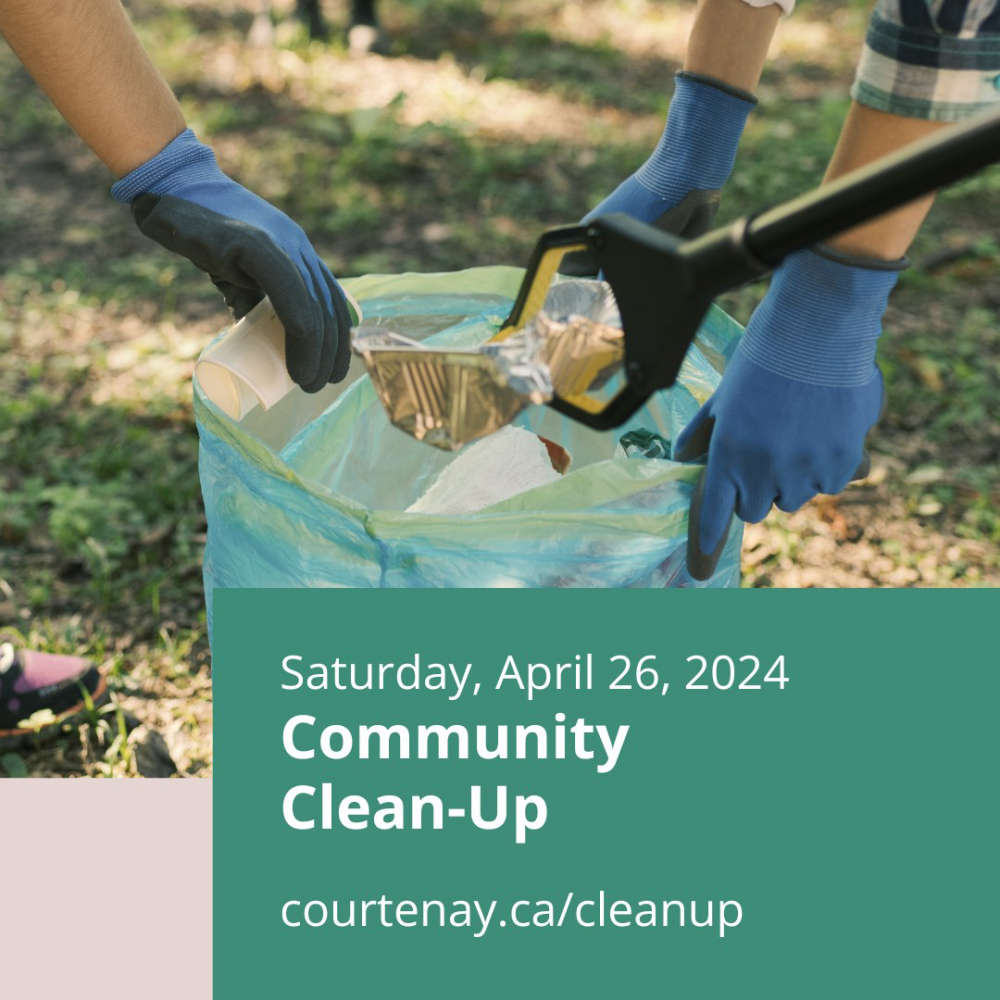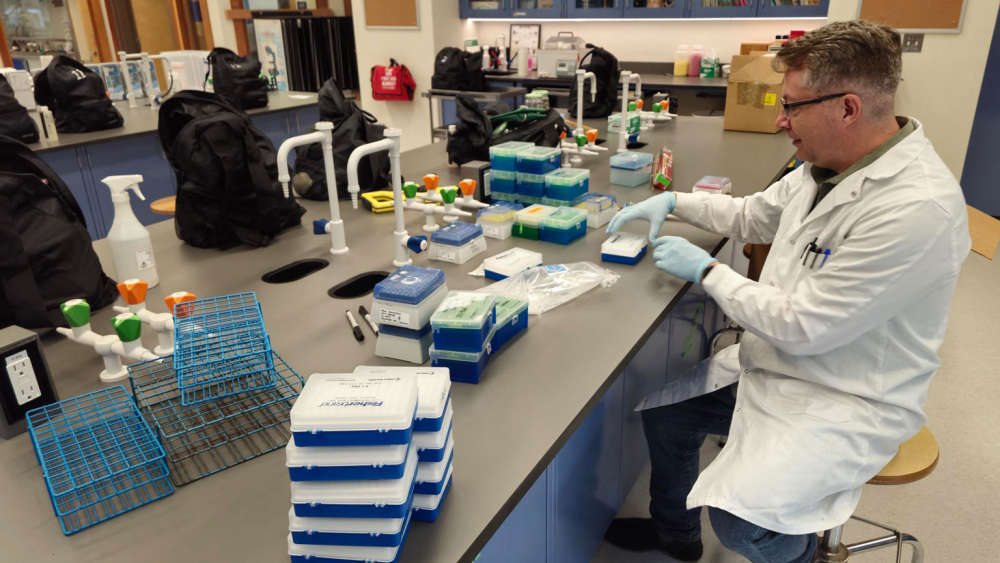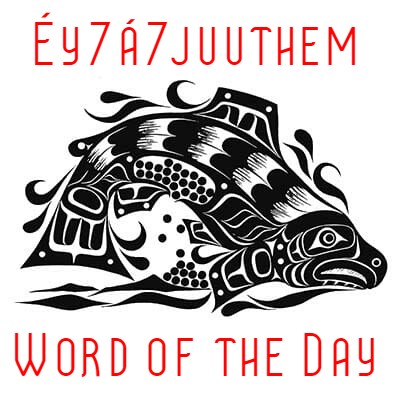
The BC Government is moving ahead with fully integrated before- and after-school care on school grounds.
“As a parent, I know how hard it can be to balance work and school hours. It’s hard to find care for your child before school starts or after the bell rings at the end of the day,” said Premier David Eby.
“That is why our government is taking action with more before- and after-school child care options. We’re partnering with three school districts to provide care on school grounds so children benefit from familiar faces and places throughout the day and families can count on one pickup and dropoff location.”
The initiative will use existing school space as well as school district resources and staff to provide seamless care without additional pickups and drop-offs.
Three school districts have been selected for this initiative this fall, including Nanaimo-Ladysmith.
Early childhood educators and support staff will provide learning and care for children in classrooms and school spaces the kids are familiar with.
The ministry is providing more than $2 million over two years to the three school districts, which will create an estimated 180 new licensed child care spaces, with the intention of further expansion into other districts.
The spaces will meet regional affordability benchmarks set by the ministry.
Families may also be eligible for fee reductions of as much as $115 per month, per child.
Families that need additional support with the cost of child care may also be eligible for the Affordable Child Care Benefit.
To see the full release, visit Government of British Columbia.
 Courtenay Community Clean-Up Day Saturday
Courtenay Community Clean-Up Day Saturday
 3rd Annual Repair Café At Cumberland Community School This Weekend
3rd Annual Repair Café At Cumberland Community School This Weekend
 Campbell River Summer 2025 Recreation Guide Now Available
Campbell River Summer 2025 Recreation Guide Now Available
 Modern Teaching Lab Supports New NIC Health Program
Modern Teaching Lab Supports New NIC Health Program
